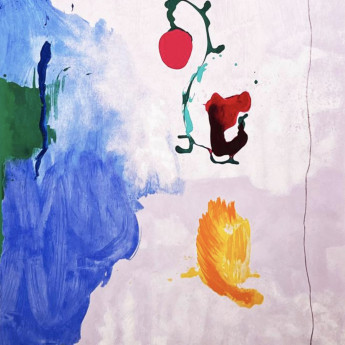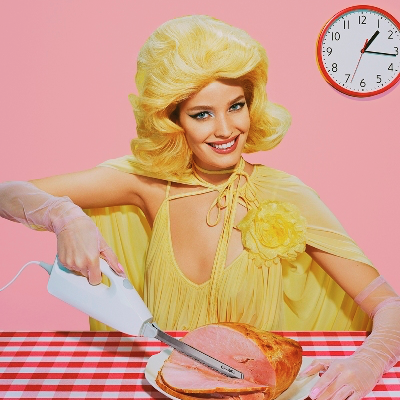
Details
Artist
Styles
handcolored silver gelatin print // East Village 1994.3 by Rong Rong is a gelatin silver print capturing an evocative moment in a stark, dimly lit room. This black-and-white photograph, characteristic of Rong Rong’s documentation of the East Village artists' community in Beijing, presents a solitary pair of shoes positioned on a simple wooden floor near a window. The dim light filters through a partially open curtain, casting shadows and adding to the melancholic atmosphere. The photograph conveys a sense of absence and quiet introspection, encapsulating the minimalist aesthetic and raw emotional resonance typical of Rong Rong's work. The empty shoes symbolize a presence once there, an intimate narrative of solitude, reflecting the artist's perspective on life within the avant-garde community of the 1990s.
East village 1994.3, 1994
form
Medium
Size
150 x 100 cm
- Inches
- Centimeters
Edition
Price
Details
Artist
Styles
handcolored silver gelatin print // East Village 1994.3 by Rong Rong is a gelatin silver print capturing an evocative moment in a stark, dimly lit room. This black-and-white photograph, characteristic of Rong Rong’s documentation of the East Village artists' community in Beijing, presents a solitary pair of shoes positioned on a simple wooden floor near a window. The dim light filters through a partially open curtain, casting shadows and adding to the melancholic atmosphere. The photograph conveys a sense of absence and quiet introspection, encapsulating the minimalist aesthetic and raw emotional resonance typical of Rong Rong's work. The empty shoes symbolize a presence once there, an intimate narrative of solitude, reflecting the artist's perspective on life within the avant-garde community of the 1990s.
What is contemporary art?
Contemporary art refers to avant-garde or innovative art created in the recent past or present day. The exact starting point of contemporary art varies depending on the institution, often tied to the founding year of museums or galleries that showcase the style. Contemporary art is characterized by its focus on current ideas, diverse media, and the exploration of new concepts and techniques.











